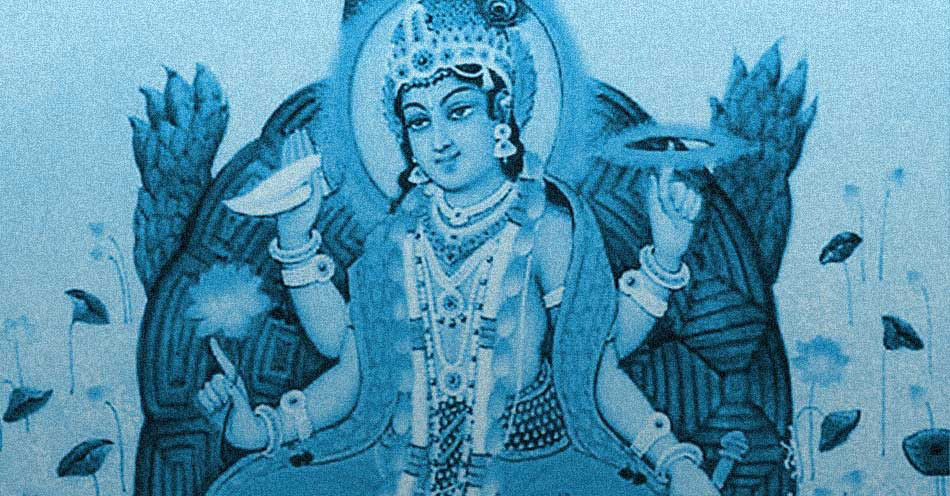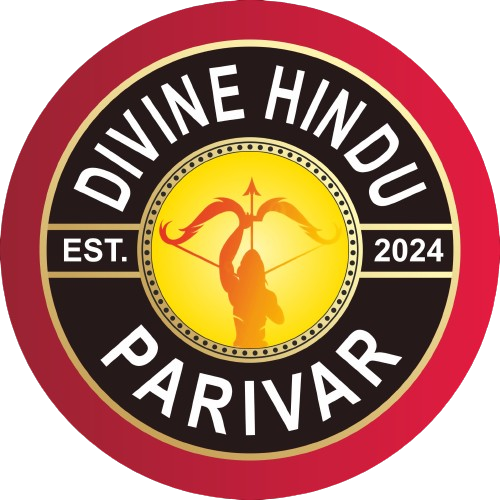
“Kurma” refers to the second avatar (incarnation) of Lord Vishnu in Hindu mythology. The term “Kurma” translates to “tortoise” in Sanskrit, and the Kurma Avatar is associated with a famous mythological incident involving the churning of the cosmic ocean, known as the “Samudra Manthan.”
The story of Kurma Avatar is as follows:
- Churning of the Ocean (Samudra Manthan): The Devas (celestial beings) and Asuras (demons) decided to churn the ocean to obtain the nectar of immortality, known as “amrita.” They used Mount Mandara as the churning rod and Vasuki, the serpent king, as the rope. However, the mountain began to sink, and Lord Vishnu, in his Kurma Avatar, came to the rescue.
- Kurma Avatar’s Support: Lord Vishnu assumed the form of a giant tortoise (Kurma) and positioned himself at the bottom of the ocean. The mountain was placed on his back, and the Devas and Asuras started churning the ocean by pulling on Vasuki, wrapped around the mountain.
- Recovery of Amrita and Other Treasures: During the churning, various divine beings and objects emerged from the ocean, including the moon, the goddess Lakshmi, the divine elephant Airavata, and the poison Halahala. Lord Shiva intervened and consumed the poison to save the world. Finally, Dhanvantari, the physician of the gods, appeared with a pot of amrita.
- Devas’ Victory: A conflict ensued between the Devas and Asuras over the possession of the amrita. However, with the help of Lord Vishnu, the Devas were able to obtain the nectar, ensuring their victory.
The Kurma Avatar symbolizes the importance of divine assistance, stability, and sacrifice in the face of challenges. Lord Vishnu, in his Kurma form, provided crucial support during the cosmic churning, allowing for the emergence of both beneficial and challenging elements from the ocean.
This story is widely revered in Hindu mythology and has been depicted in various scriptures, artworks, and cultural representations over the centuries.
